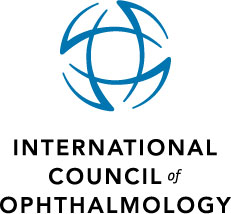| Congenital Fourth Nerve Palsy, Unilateral | |
| Due to large vertical fusional amplitudes in congenital cases, the deviation in primary gaze may be minimal. In right gaze, the left eye moves into the field of action of the paretic superior oblique muscle, and the left hypertropia becomes larger as the left inferior oblique muscle (antagonist of the weak superior oblique muscle) overacts. In left gaze, the left eye is looking away from the field of action of the paretic superior oblique muscle, and the left hypertropia resolves. With left head tilt, the left hypertropia becomes larger because the paretic superior oblique muscle is unable to incyclorotate the left eye. The superior rectus muscle contracts more vigorously to compensate resulting in elevation. With right head tilt, the left eye excyclorotates normally and there is no deviation. | |
| Denny, John, M.D., NC, M.D., Durham | |
| h49.1 | |
| Strabismus, Ocular Motility Disorders -> Cranial Nerve Palsies -> Fourth Nerve Palsie | |
| 5141 |
|
|||||||||||||||
Congenital Fourth Nerve Palsy, Unilateral-------------------------- -------------------------- -------------------------- -------------------------- -------------------------- -------------------------- -------------------------- -------------------------- -------------------------- -------------------------- -------------------------- -------------------------- |
|
||||||||||||||




